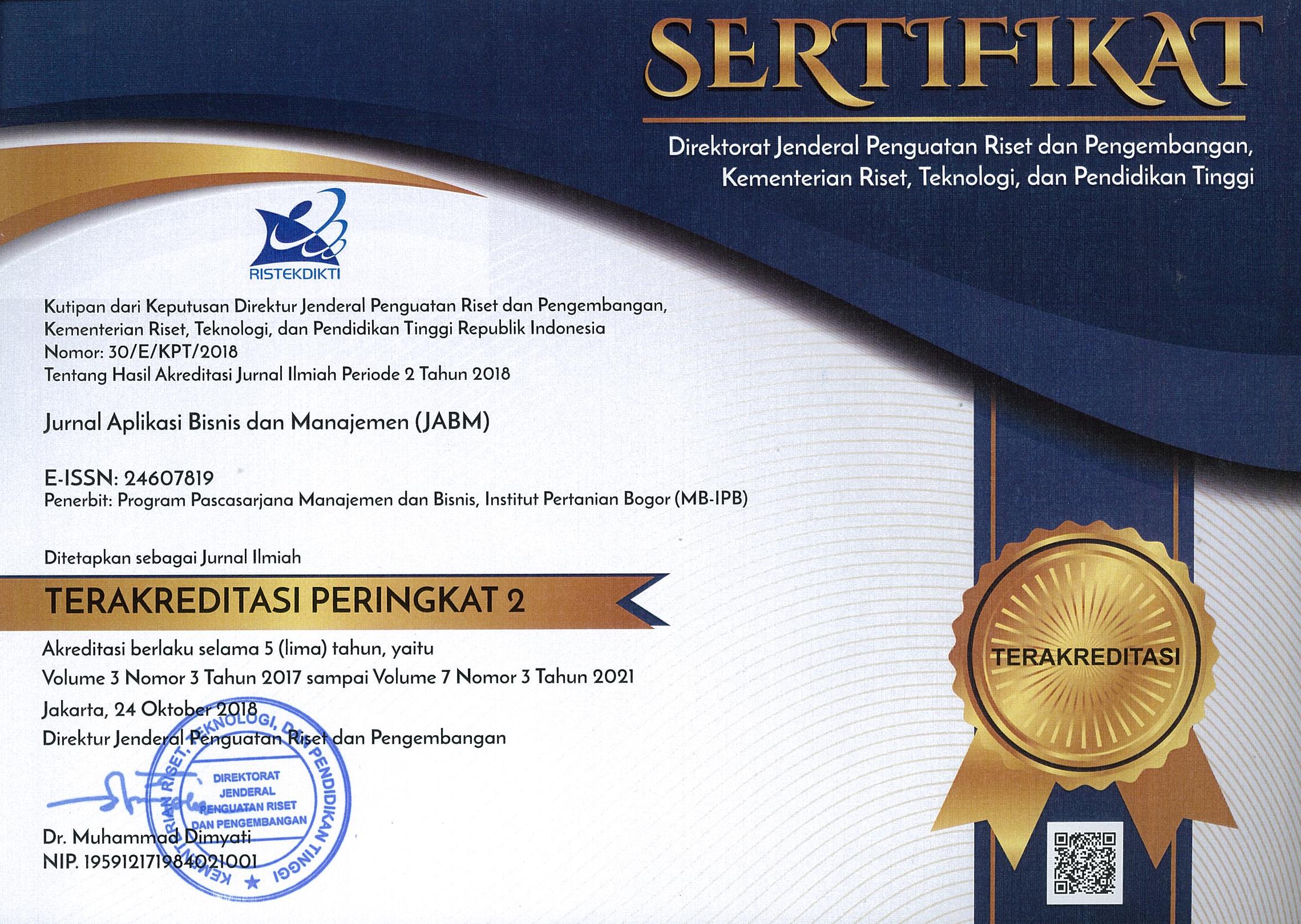Optimal Maturity Level Development for Government Goods/Services Procurement Organizations (UKBPJ) in Indonesia
Abstract
The establishment of the Goods/Services Procurement Unit (UKPBJ) is part of the program to increase the Procurement of Goods/Services as an indicator of an efficient and corruption-free Government procurement system. The changes are expected to be implemented in the form of a permanent and structural organization based on the Capability Maturity Model (CMM) theory. The purpose of this study is to build a conceptual model of change management to increase the UKPBJ Maturity Level. This research uses a combination research method approach (mixed methods research) and the analysis of the data used in this study is Logical Framework Analysis (LFA). To manage organizational change, a recommended conceptual model of organizational change is needed, namely the Strategic Model Change Management. Where external and internal influences of the organization are input into changes driven by leadership, culture, and human resources factors. Through the UKPBJ Strategic Model Change Management, change strategies can be managed to increase UKPBJ maturity. Variables that influence the success of UKPBJ organizational maturity include organizational variables, human resources, business processes and information systems.
Keywords: public sector, change management, logical framework analysis (LFA), organizational improvement, good government








